How can we, in this unsettling time, when the boundaries that structure our lives are changing, have a conversation about the freedoms women imagine for themselves?
Freedom Is Always Challenged
As I contemplated the definition of freedom, I automatically wanted to describe it as the right to one’s self (body and mind) and the opportunities presented to achieve one’s hopes and dreams. However, reducing freedom to one’s right to self and identity absolves us of a responsibility to protect the freedom of others; it reduces freedom to a selfish desire. In the United States, freedom is something we hear is accessible to all no matter the circumstances. Such idealism has made us oblivious to seeing how fragile freedom can be and how easily it can be manipulated to mean “getting your own way”. In order for us to have true freedom as a nation we must honor freedom as a universal right to all living beings and empathize when such rights are not honored for others. Freedom is Always Challenged is a reminder to move beyond complacency and apathy as we watch the rights of our brothers and sisters being disturbed. It is a reminder that our freedom, and the freedom of others, is always challenged and we have a responsibility to defend and protect the principles of freedom for the sake of the republic as well as for ourselves.
Each letter spelling “Freedom is Always Challenged” features excerpts from a local newspaper in which people’s rights are in question. The observer is challenged to read and question what his or her role is in the discussion taking place in the articles regarding the loss of freedom.
Abby Birhanu
Ballwin, MO
Unarmed
I brought home a poster from France that was hanging in the streets after Avignon’s 2013 film festival. It was an advertisement for a poetry reading, Les Pompieres Poetesses, or firefighter poets. Our tour guide explained that fires (evil) can be put out with poems (art), and at the same time art can also serve to ignite change. The poster hangs in my kitchen where it fondly catches my eye, reminding me that paintings, like poetry, can help reverse the damage done by violence.
A subtle but poignant anti-gun statement, my painting, Unarmed, features a determined young woman barring a fortressed entryway, her exposed arms forming a no entrance symbol, reinforced only by her shadow, with hand on hip instead of a holster. She represents freedom from fear.
Laura Pommier
St. Louis, MO
Miriam’s Journey
Miriam, daughter of Amram and Jocheved, prophesized that her mother would give birth to a son who would deliver the Jewish people from Egypt. When Moses was born, Jocheved hid him to thwart Pharaoh’s decree of death to all male newborns. At three months of age, when he was no longer safe in her care, she set him in the Nile, directing Miriam to follow her brother until he was found by another and drawn from the water to freedom. For the rest of her life, Miriam was Moses’ stalwart supporter, a leader of our people.
Our parents and grandparents survived pogroms of Russia and “the camps” of Hitler’s Germany. Every year at the Passover Seder we not only read the story of Hebrew slaves and their deliverance from bondage in Egypt, we hear stories of persecution and liberation in the voices of our closest loved ones. Their stories became a part of who we are; they live in our hearts and souls.
We three often collaborate on Jewish themed artworks, as we have done with” Miriam’s Journey”, an artistic expression of the universal need for freedom, of our heritage, and our shared life experiences.
Miriam At The Nile
Exodus 2:3-4
And when she could no longer hide him, she took for him an ark of bulrushes, and daubed it with slime and with pitch; and she put the child therein, and laid it in the flags by the river’s brink. And his sister stood afar off, to know what would be done to him.
This mask of Miriam is an artistic interpretation of her following Moses after he is placed in the river by his mother. I envision Miriam “becoming one with the river,” guiding Moses gently along until he was drawn from the water safely into the arms of Pharaoh’s daughter.
Miriam The Prophetess
Exodus 15:20
And Miriam the prophetess, the sister of Aaron, took a timbrel in her hand; and all the women went out after her with timbrels and with dances.
There are seven prophetesses in the Torah, Miriam perhaps the greatest. Without her prophecy, Moses the Redeemer may never have been born, as the Hebrew men were loath to have any children, fearing any sons would be slaughtered.
Miriam The Leader
Exodus 15:20
And Miriam the prophetess, the sister of Aaron, took a timbrel in her hand; and all the women went out after her with timbrels and with dances.
With song and dance, Miriam led the praise of G-d’s gift of freedom.
Miriam The Leper
Numbers 12: 1-2, 10
And Miriam and Aaron spoke against Moses because of the Cushite woman whom he had married… And they said: Hath the Lord indeed spoken only with Moses? Hath he not spoken also with us?… And when the cloud was removed from over the Tent, behold, Miriam was leprous, as white as snow…
When Miriam questioned Moses’ commitment to the People, G-d punished her by inflicting tzaraat or leprosy. XXXXXXXXX SPACING TO FILL TO LINE UP PHOTOS XXXXXXXXX
Shelly Milder, Josie Rosenthal, and Rose Rosenthal
St. Louis, Missouri
The Silence of the Sirens
This photo installation responds to a public debate whether women should be excluded from singing in public. At an official Israel Defense Forces’ event that featured a woman soloist, nine cadets walked out. These soldiers adhere to the strict interpretation on the expression: Kol-B-Isha Erva. This might translate as “the voice of a woman is like nakedness”. A rabbi told a soldier among his disciples that finding himself facing a woman singing, he should shut his eyes and use EAR PLUGS! Well, I find the voice of France Kafka much more humane in its approach to women’s voices. Kafka wrote ….”now the Sirens have still more fatal weapon than their songs, namely their silence….someone might possibly have escaped from their singing but not from their silence”.
About the design: two Kippah’s transformed into headphone, transformed into a helmet. The woman is emerging from behind the “Mechitza” the partition made of spools of audio cassette tapes. Lyrics of the prophets Miriam and Deborah are embroidered on both Kippah’s.
Billha Zussman
Amsterdam, Netherlands
Women and Freedom In Our Country
This artwork is different by before works from me. Because this is not realistic style but I showed the fact, somewhat with symbolism expression. else I showed a bit of limitation not freedom.
In our country unfortunately women cannot be a boss, president and many important responsibilities. Women cannot dress anything, they forced to cover their hairs, they can’t make up too strong, cannot dress so colorful otherwise the police will stopped her and treat and worry them.
Curator’s Note
The post office in Iran would not send any mail to the U.S. I had her send the image of her artwork copied here in St. Louis. Another kind of freedom was almost thwarted.
Hadi Farah Quzani
Torbat Heydariyeh, Khorason, Iran
Queen King
My interpretation of Coretta Scott King shows her in a position of favor among her community, as opposed to a figure that stood apart only because of her husband’s influence on civil rights. Mrs. King was also a very active participant in the pursuit of women’s rights, abolition of African apartheid, and for rights of the LGBT community.
In this oil painting that activates the use of known and highly celebrated colors of royal blue and violet tones, Mrs. King is sporting a hairstyle which, in some traditional African tribes and communities, was worn by women who were revered as motherly figures. The hairstyle being called “Queen Mother” seemed so fitting that once applied, immediately gave me the notion of titling the piece “Queen King”. Here, Mrs. King has become the royalty of the times freeing her from the injustices during the movement. Here, she is celebrated standing alone and not as “the other half”. The use of the triangles, inspired by one Willis “Bing” Davis further adds to the royalty of her history as an ancestor of queens. Thus, her effortless grace, beauty and persistence through hard times has given her this very fitting role that I have tried to portray.
Erin Smith-Glenn
Fairborn, OH
Strength and Delicacy
This piece is about the exploration of feminine freedom. From infancy many women are taught to prepare themselves to be useful to someone else, with little or no concern for her own needs. The psychological condition “hysteria,” which was a name of a psychological condition for women which was a result of the needs of women not being cared about or met, was not removed from common psychological terminology until the 1950’s. In current times, women are exercising their freedoms to be considered and make their own choices. I used wax paper as a material to explore this idea of shedding feminine oppression by using textile materials such as string and yarn combined with wax paper, a common kitchen material, to represent what used to be considered as only “woman’s work,” and the cascading, free, and somewhat imperfect nature of the piece to juxtapose what once was with how things have changed.
Lacy Mitcham
Memphis, TN
In Control 2
My cross-stitch artworks are about rethinking craft as art, craft as feminist and craft as a tool to address contemporary women’s issues – reproductive health, body image and gender roles. My art aims to modernize the feminine identities and ideals commonly portrayed within embroidery. They seek to reclaim cross-stitch as a tool to promote progressive ideas about modern women’s issues.
Historically, embroidery played an important role in preparing a woman for marriage. Young, single women cross-stitched “samplers” to show off their domestic skills, scholastic knowledge, cultural values or religious morals to prospective husbands. Samplers exemplified these desirable traits to potential husbands who sought a woman with the right skills to establish a household. Our predecessors needed to stitch to attract a husband or keep a household. My artworks reject the typical, domestic functionality of samplers.
What’s lesser known about birth control is that is has also been used in class and race wars particularly as a ploy of eugenics and neo-colonialism. Prior to its release in 1960, pharmaceutical companies tested The Pill on Puerto Rican prisoners and farm laborers. Both abroad in the United States, government and non-government institutions promoted birth control as a method to minimize a population boom among the lower classes. Even in the 20th century U.S., it was common for single mothers of color to be sterilized against their consent or knowledge after giving birth. Today, the constant debate over Roe v. Wade, tightening clinic rules and the attacks on Planned Parenthood funding makes access to safe abortion a service that only the privileged few can access. The historical use of birth control and fair access to it has never been evenly distributed between people of different race, class and education.
Curator’s Note
Attitudes about the Pill are shaped by social contexts that include religious teachings, gender roles and inequality, government and nongovernment organizations’ policies to control population growth among the poor and non-white races. For some women and men, the Pill offered women and men the freedom to control their own fertility. For other women and men, the freedom of birth control is tinged with stories of forced sterilization, genocide and population control.
Katrina Majkut
Brooklyn, NY
An Outsider View
There’s a common English idiom that says “A picture is worth a thousand words”. But what if that picture was placed there to save your life and you chose to ignore it? There is a purpose for the posters that educate you about the signs of a domestic violence relationship. They offer a helpline number in hopes that people use it. It’s not often that we see images that portray how one garners the strength break the silence. It’s simple to stay silent in an abusive relationship because the abuser brainwashes or threatenes the victim from running away from the relationship – I can speak for myself. The purpose of this image is to create an outside view for the victim, to help the person begin to imagine what freedom could look like – once the silence is broken.
Kara Doherty
Lenexa, KS
Untitled
I learned lessons about freedom by analyzing the choices that my parents made and then making decisions that would allow me to be free in all aspects of my life. Controlled, isolated, and lonely. That’s what my parents experienced as they served time in jail on multiple occasions and that’s how I felt as my parents served time in jail. Needless to say, my parents have been in and out of jail my whole life. Because of that, I have had experiences in my life where I needed their guidance but they were not there to guide me. For example, the first time I had my cycle, I wanted to ask my mom what to do. When I got interested in talking to boys, I wanted my dad’s advice. When I had school functions, I wanted both my mom and dad to take photos with me or give me words of encouragement. The fact that they weren’t able to be physically there devastated me . I had family members that supported me but their efforts could not take away this overwhelming emotion. Despite everything that I have been through in life, I was never angry with my parents, instead I became stronger, not only for me but for my younger sister. I put all my focus into doing well in school because I had the freedom to control this part of my life. One of my teachers, Ms. Shelton, saw potential in me and encouraged me to do my best so that I could go to college and become more than the daughter of prisoners. My parents are not bad people, they just made bad decisions. They have explained to me the role of consequences in determining my future so I joined The Show Me Costa Rica Project to experience freedom, freedom to travel, freedom to experience something new, freedom to learn, and freedom to be me.
Emya Hopson
St. Louis, MO
Keep It Wild
This piece represents freedom to me because it’s the epitome of being out in the wild and free to be yourself with the wild. There are no societal constraints: clothing/people to judge her/buildings obstructing her view. She is in her natural element, back to her roots in nature, where freedom truly exists, alone with her dog, enjoying life. I have come to find in the recent months that success in this life is not happiness, but internal peace. I believe that internal peace is the only freedom that truly exists and cannot be taken away from us, but can be expanded on and explored further by reconnecting with who we are as individuals in the universal flow of things.
Lybra Ray
Haven, WI
Bitch Cage
This documentation records a performance I did wherein I spent 74 hours over 17 days in a dog crate in Bitch, a performance art work originally included in Women & Environment, a Women’s Caucus for Art show at St. Louis Community College: Florissant-Valley in March 2009. The performance raised awareness of puppy mills while commenting on how we become caged in by derogatory language and the stereotypical perceptions associated with that language.
This relates to the theme of freedom because we must understand how we are restrained, caged, confined and limited in order to fully understand what it means to be free. We strip ourselves of freedoms when we embrace and place expectations on others and ourselves, succumbing to stereotypes and closing our minds to possibility. We must confront those ways in which we box ourselves in and confine ideologies in order to truly be free.
Jennifer Weigel
Somerville, MA
Freedom To-
My collage “freedom to” is inspired by the various issues that’s going on in our city, our country, the United States and the world. For centuries, freedom, liberty and justice for all have been ongoing issues. Once again people are speaking out in frustration. Ferguson was a results of the negative mistreatment of the young African American males by the police and government in that area. The outrage has escalated all over the country. The struggle of the LBGT community is an issue, people want to have the right to be treated as equals, as humans. The Supreme Court in 2015 passed a law in which same sex couples can marry, it is now their right. Education at all levels help children and people of all nationalities and religions, intermingle and learn from each other hate is taught. Through my photography and art projects I try to express the realities of many situations positive and negative. I have that freedom. Freedom, liberty, equality, justice for all.
Dolores Stith-Rutlin
St. Louis, MO
Freedom to Move
The feeling of freedom can be expressed in a multitude of ways. The feeling of freedom can be fleeting or long lasting. Freedoms can be taken, as well as given, accepted or rejected. This piece represents the sense of freedom one feels when celebrating and moving one’s body, in this case a woman’s body. As a woman, I feel that I and every other woman, has the freedom to celebrate their body. When and how this is done is up to the individual. Celebration of the body should always be respected and appreciated and I attempt to convey that message in my work.
Chelsey Billips
Chelsea, MI
Modern Day Breakaway
The piece offers a nuanced understanding of freedom with regard to the fight for gender equality. Combining aspects of male and female symbolism, this piece expresses the quest to provide women freedom from confining situations of sex slavery as is heavily prevalent in Europe. Utilizing an abstracted shackle form that has been opened, along with the female symbol in which has been inverted, the piece seeks to describe women’s quest to achieve autonomy from such deplorable situations. This complex situation is further enforced with addition of the blue color as is typically found in male symbolism.
Desmond Lewis
Nashville, TN
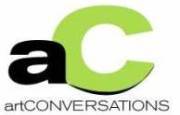
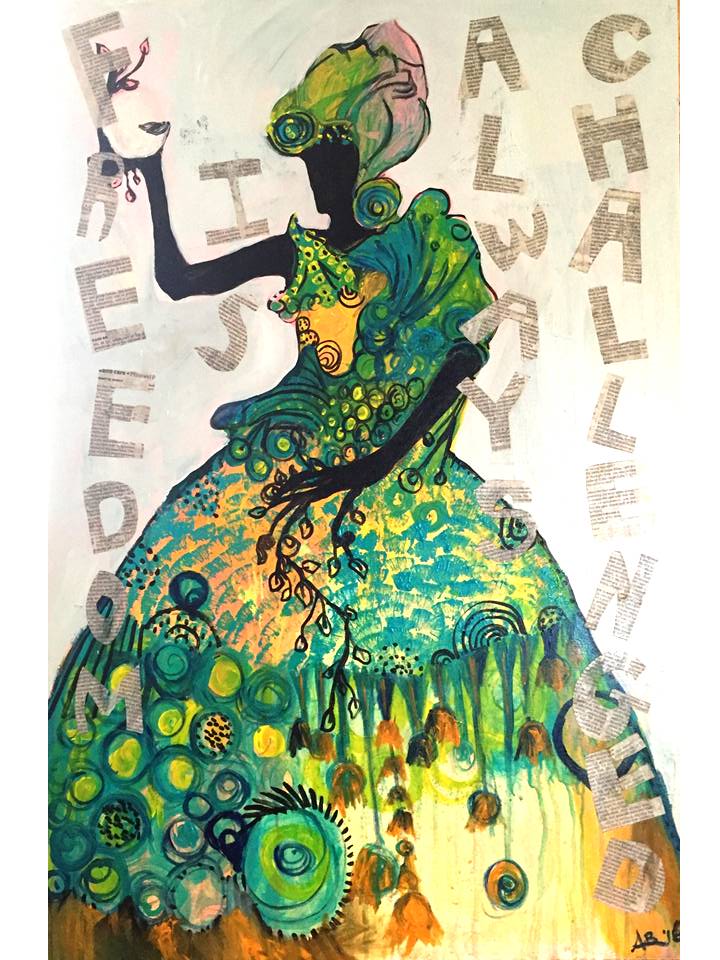
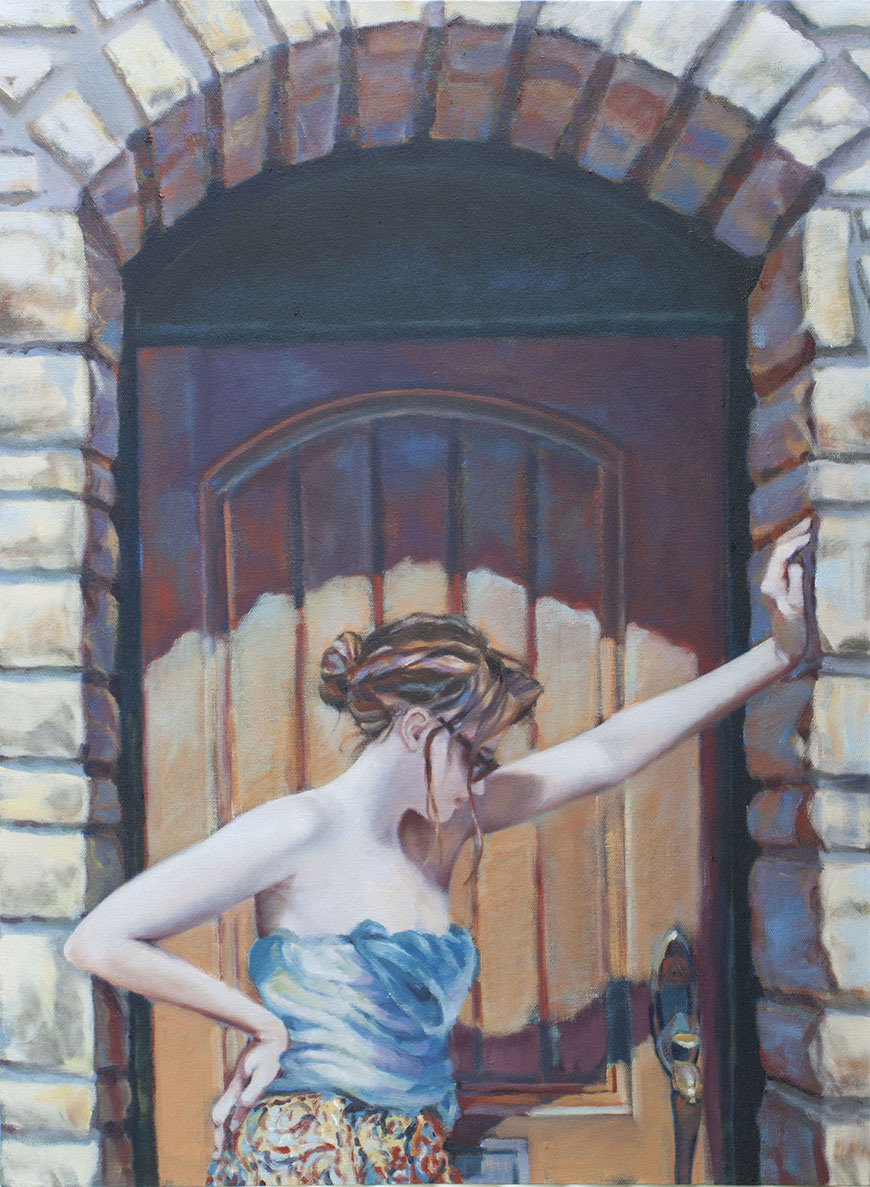
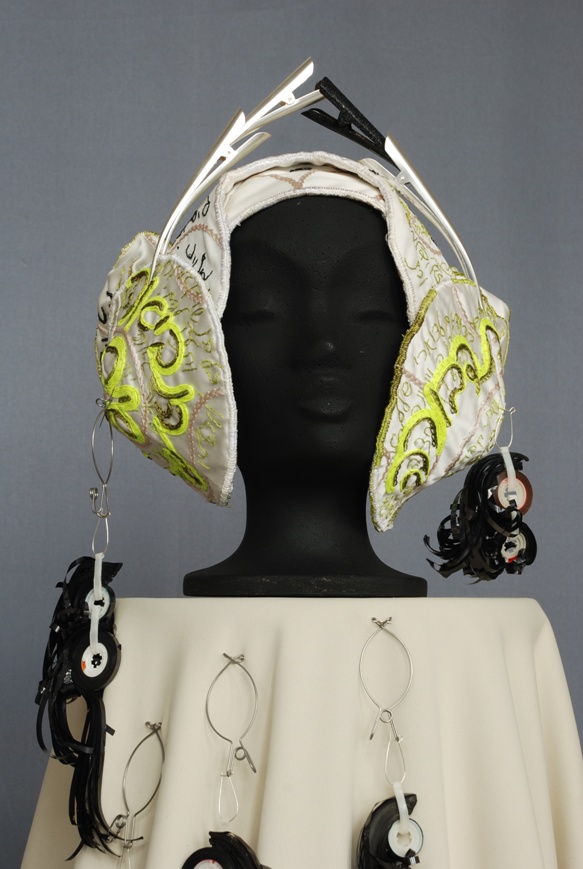

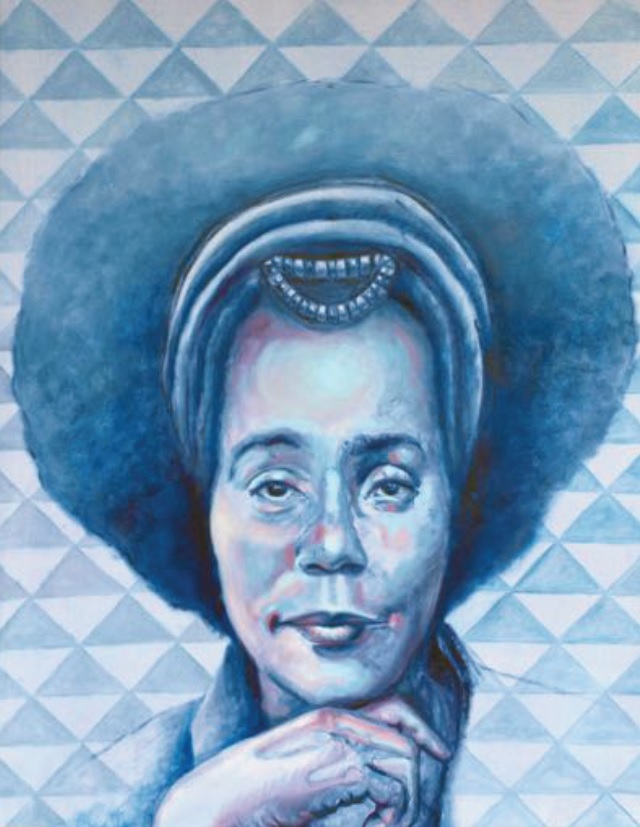

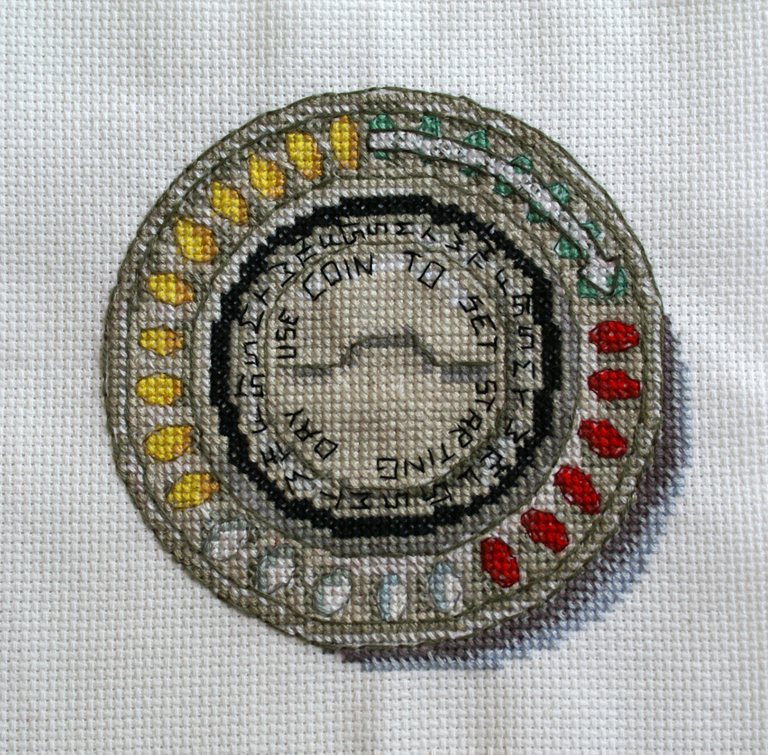


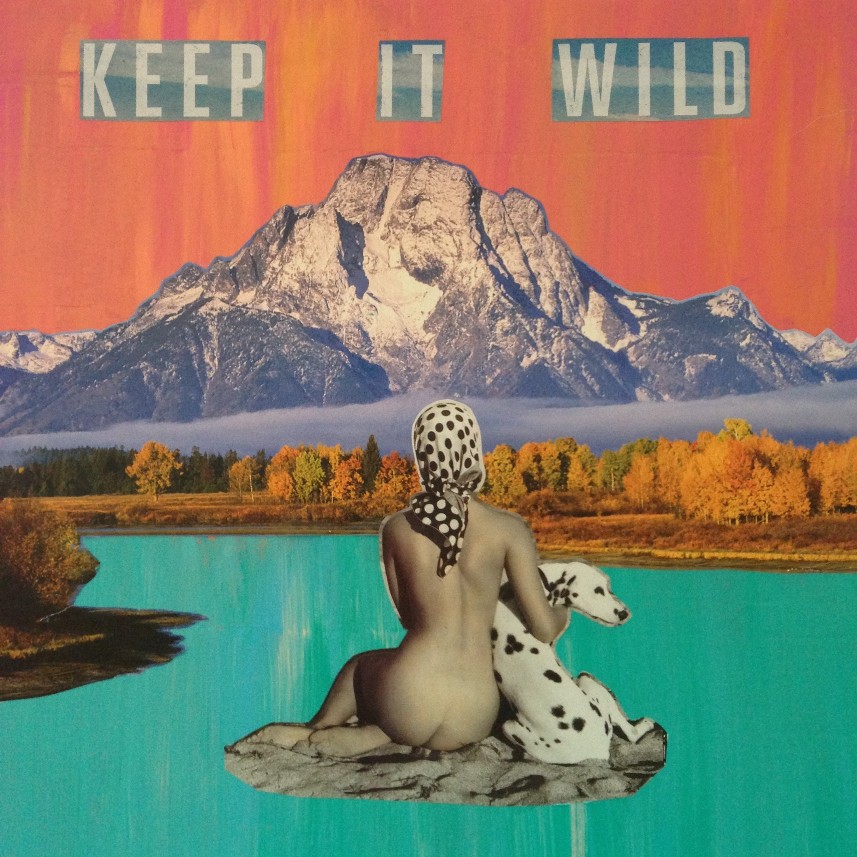
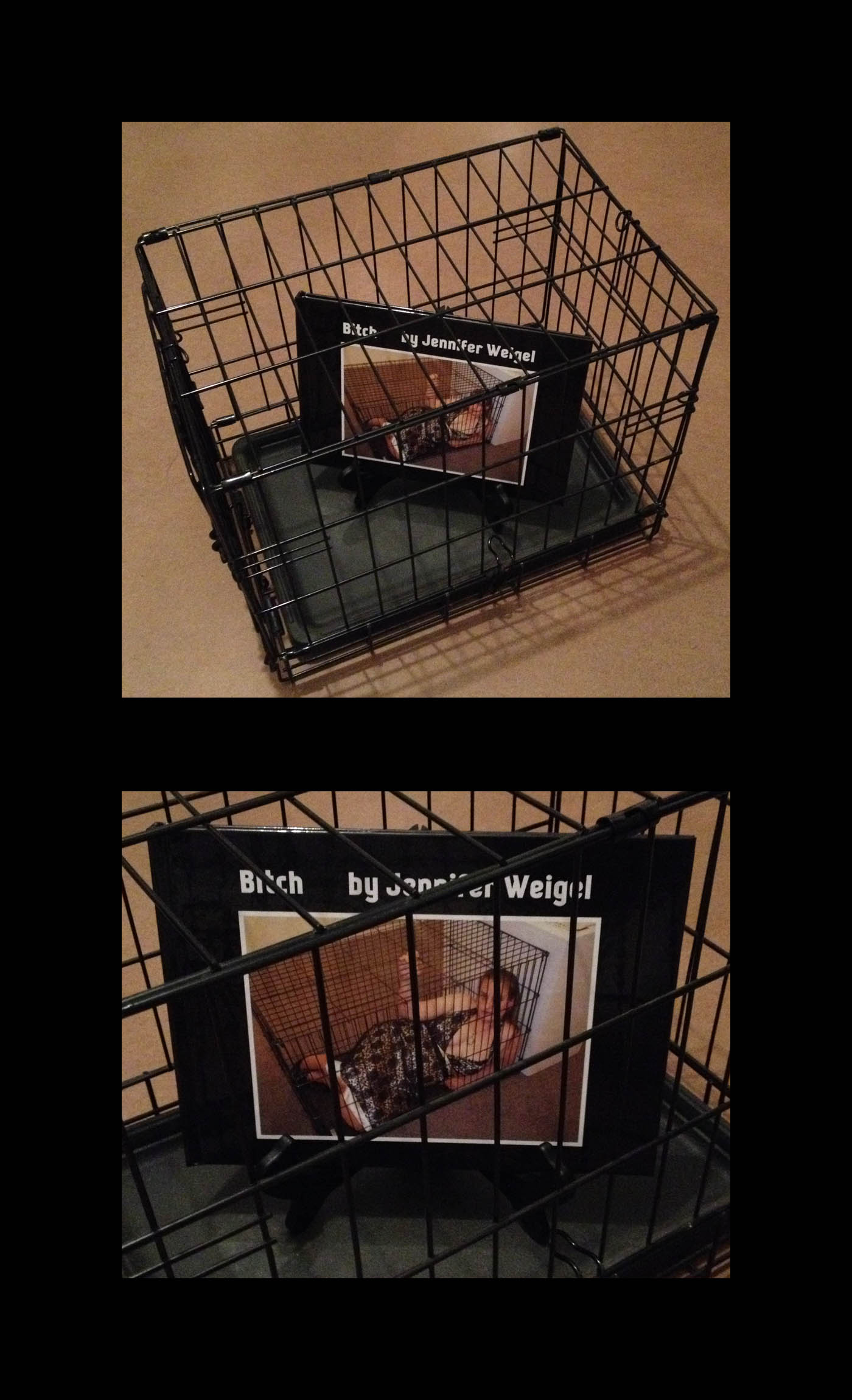

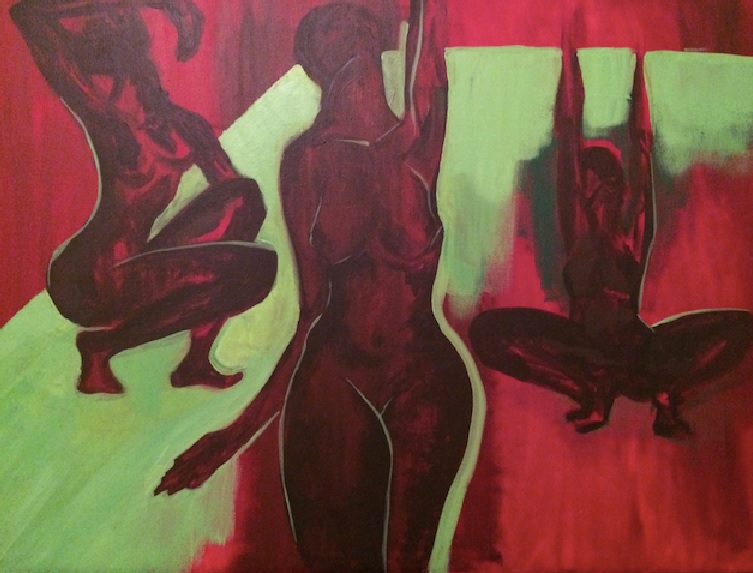
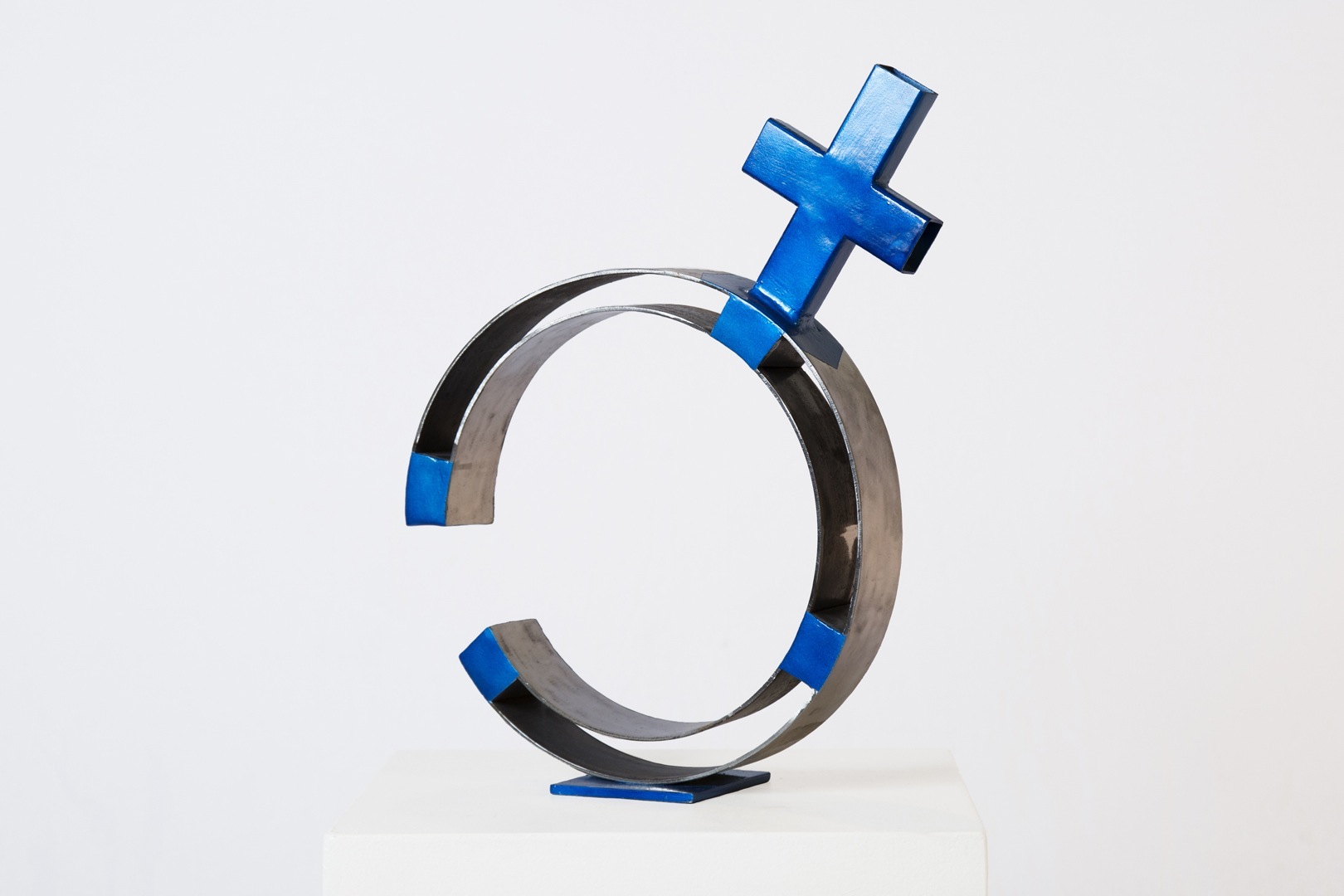
0 Comments